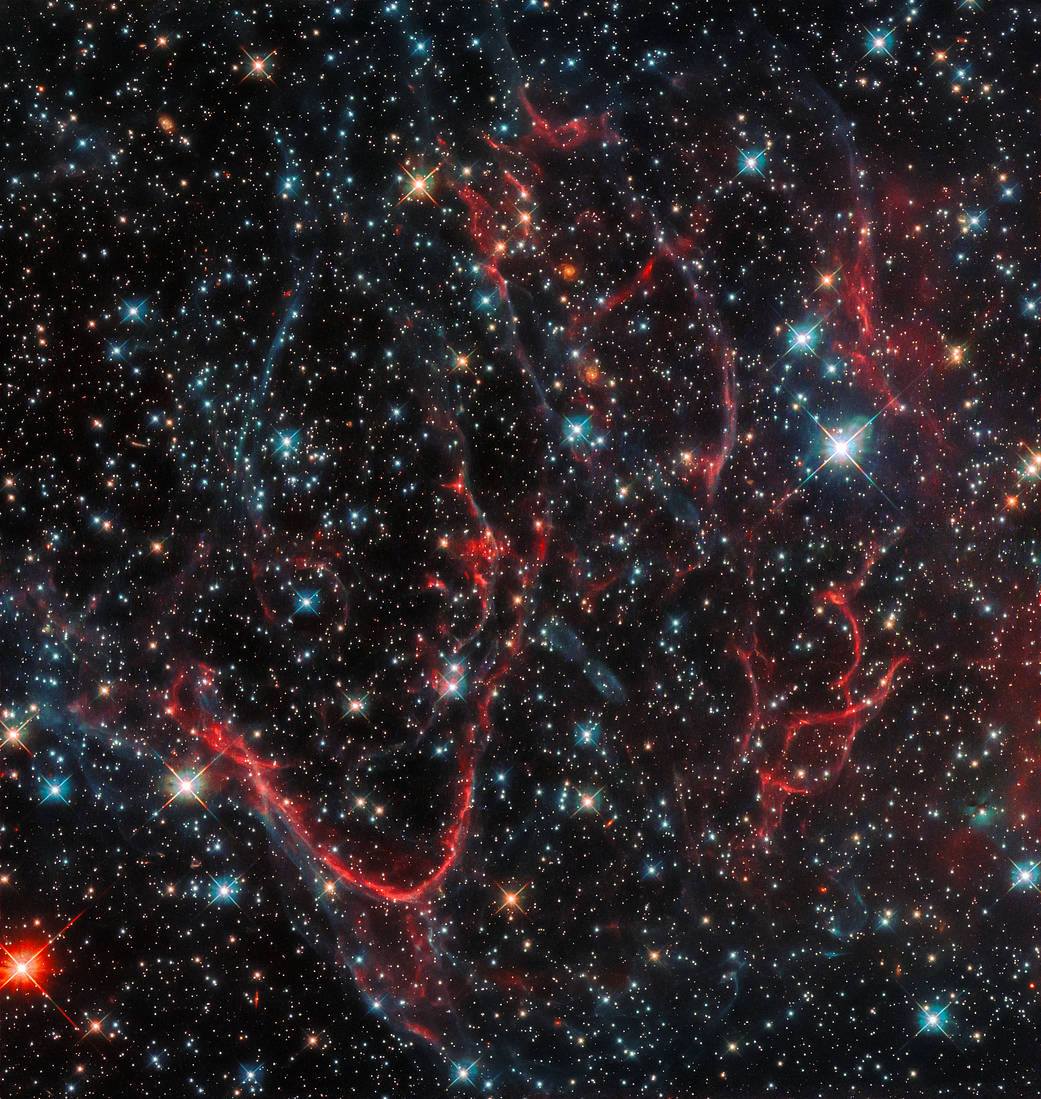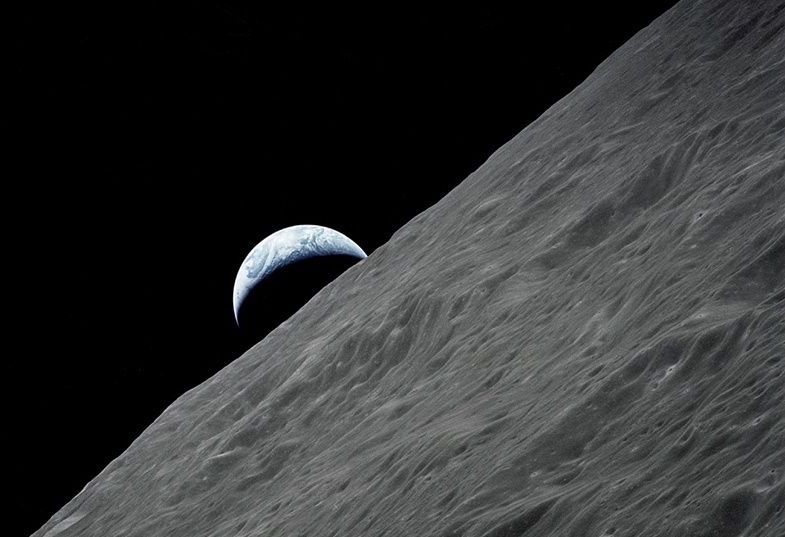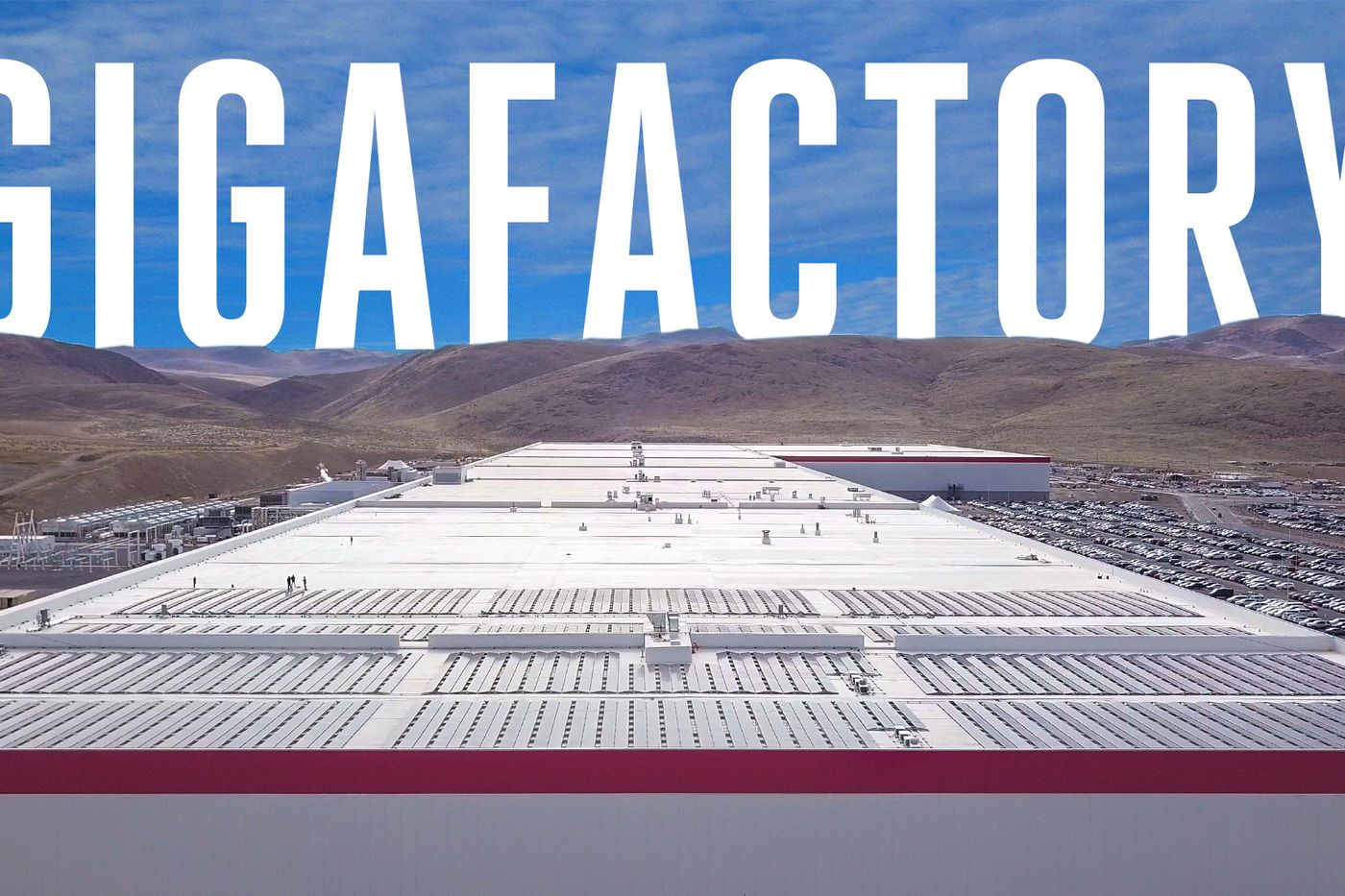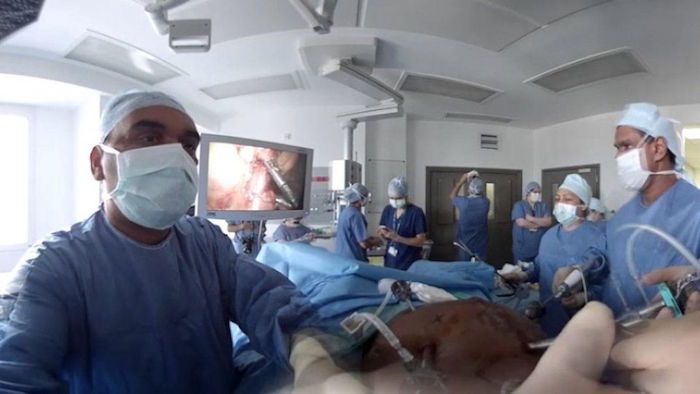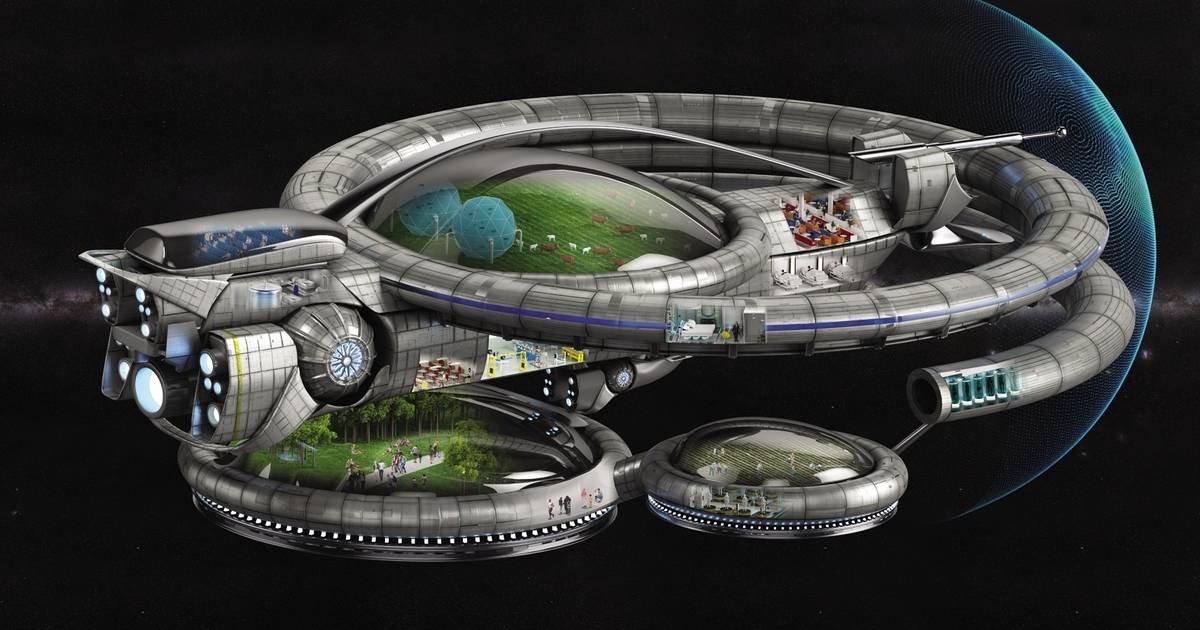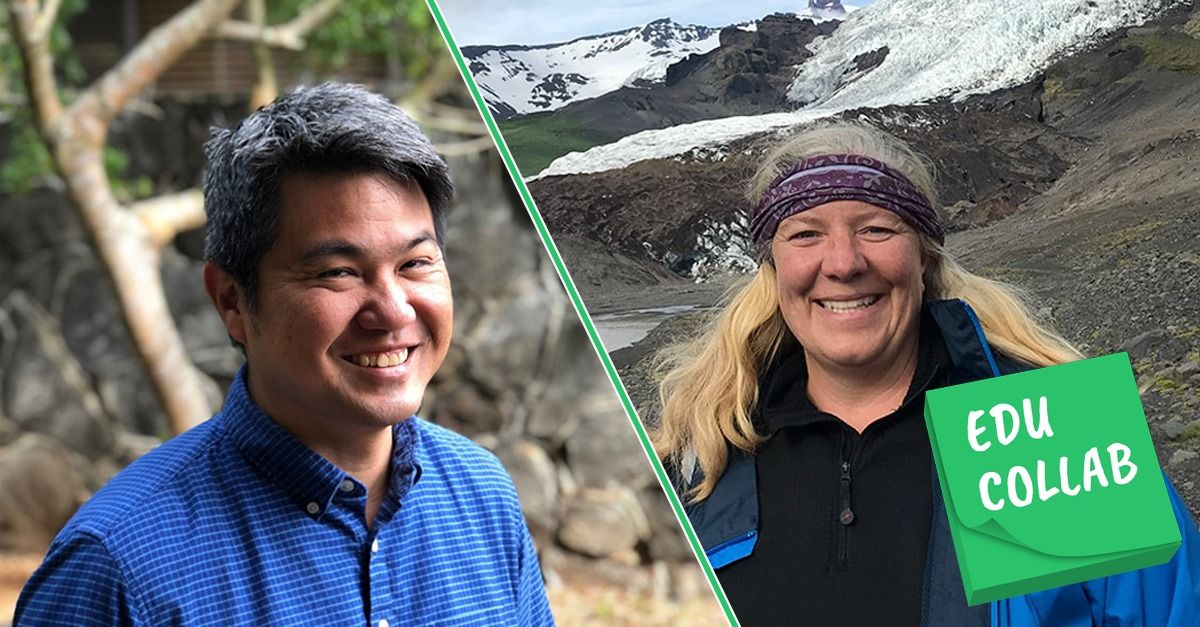This dark, tangled web spotted by NASA’s Hubble Space Telescope is a supernova remnant, created after a massive star ended its life in an explosion and threw its constituent material out into surrounding space. Discover more: https://go.nasa.gov/2G0nVgS&h=AT0m92-1V7h2Z6pdebGy-JSLFW…CsgI5QIBpg
Page 9260
Nov 30, 2018
Russia Announces Plans to Establish Moon Colony by 2040
Posted by Steve Nichols in category: space travel
The first stage foresees the launch of a module to orbit the moon, the RBC news website reported, citing Nikolai Sevastyanov, the head of Russia’s TsNIIMash federal rocket and spaceсraft development corporation.
The second phase will reportedly involve sending the country’s first manned mission to the moon and starting construction of a long-term base between 2025 and 2034. The program’s third stage envisions the completion of the base’s construction by 2040 and the establishment of an “integrated manned moon exploration system.”
Construction of the moon colony is set to begin late in 2025, the state-run RIA Novosti news agency cited Yevgeny Mikrin, Russia’s chief designer of manned space programs, as saying during a presentation of the draft lunar program on Wednesday.
Continue reading “Russia Announces Plans to Establish Moon Colony by 2040” »
Nov 30, 2018
Tesla will live and die by the Gigafactory
Posted by Klaus Baldauf in categories: space, sustainability, transportation
Right now, in the desert just east of Reno, Nevada, Tesla is drilling into recently laid asphalt to install more electric vehicle chargers in the parking lot of the Gigafactory. The company has hired so many new workers in recent years that it needs more space to let them charge their Nissan Leafs, Chevy Bolts, Toyota Priuses, and, of course, Teslas. But before long, those chargers will be ripped right back out, along with the asphalt, and moved to a new spot to make room for more factory space.
Nov 30, 2018
Using Artificial Intelligence to fix healthcare
Posted by Shailesh Prasad in categories: biotech/medical, robotics/AI
Surgery filmed in 360° and live-streamed to remote doctors could already be happening in a hospital near you.
The healthcare industry should be using Artificial Intelligence (AI) to a far greater degree than at present, but progress has been painfully slow. The same factors that make the healthcare system so attractive to AI developers – fragmented or non-existent data repositories, outdated computer systems and doctor shortages – are the same things that have stopped AI from providing the gains that should be created.
The healthcare sector also presents unique obstacles for AI: data must flow freely through AI systems to achieve real results, but extracting data from handwritten patient files or PDFs is cumbersome for us, and difficult for AI. Despite technical and operational challenges, new research suggests that the arrival of the tech giants into the industry may provide the data and the capital required to digitize this fairly untapped market.
Continue reading “Using Artificial Intelligence to fix healthcare” »
Nov 30, 2018
We could move to another planet with a spaceship like this
Posted by Shailesh Prasad in categories: employment, physics, space travel
Proxima b, our nearest neighboring exoplanet, is almost 25 trillion miles away. Even one of our fastest spaceships—the 31,600-mile-per-hour New Horizons—would take hundreds of thousands of years to get there. Assuming we can’t figure out how to warp space-time (seems unlikely, but fingers crossed), we’re still looking at a couple-hundred-year trip in the best-case scenario, which leads to the real problem: No human crew could survive the entire ride. Science-fiction writers have long floated so-called generation ships as a solution. Designers would outfit these interplanetary cruise vessels to support a community of adults and their children, and their children’s children, and their children’s children’s children…until humanity finally reaches a new celestial shore. Here’s our best guess for what it would take to sow the seeds of an extrasolar species.
Career planning
Successive generations need to fill all the vital crew roles—such as medics and mechanics—which doesn’t leave much room for freedom of choice. A version of modern career tests would assign occupations based on aptitude, passions, and available jobs.
Continue reading “We could move to another planet with a spaceship like this” »
Nov 30, 2018
Physicists finally calculated where the proton’s mass comes from
Posted by Shailesh Prasad in category: particle physics
A proton’s mass is more than just the sum of its parts. And now scientists know just what accounts for the subatomic particle’s heft.
Protons are made up of even smaller particles called quarks, so you might expect that simply adding up the quarks’ masses should give you the proton’s mass. However, that sum is much too small to explain the proton’s bulk. And new, detailed calculations show that only 9 percent of the proton’s heft comes from the mass of constituent quarks. The rest of the proton’s mass comes from complicated effects occurring inside the particle, researchers report in the Nov. 23 Physical Review Letters.
Quarks get their masses from a process connected to the Higgs boson, an elementary particle first detected in 2012 (SN: 7/28/12, p. 5). But “the quark masses are tiny,” says study coauthor and theoretical physicist Keh-Fei Liu of the University of Kentucky in Lexington. So, for protons, the Higgs explanation falls short.
Nov 30, 2018
Recruiting The Next Generation Of SciFri’s Educator Collaborative
Posted by Genevieve Klien in categories: biotech/medical, education
When did you first get the science bug? For me, it was my professor Tom Carlson who taught a summer class about medical ethnobotany. Seeing him chase bumblebees around the University of California, Berkeley botanical garden and describe how they fit into a foxglove flower was a life-changing experience. And this personal story is not unique—many of us can probably name a science teacher, professor, parent, or educator who got us hooked on science. That’s why education is such an important part of what we do at Science Friday. We know that’s where the spark for science often ignites.
It’s also why we team up with science educators across the country in our Science Friday Educator Collaborative Program, in which educators work with SciFri staff to develop resources for science learners everywhere. Two of this year’s Educator Collaborators, Randy Otaka and Katie Brown guide us through their creative process of designing hands-on STEM activities—from modeling camouflaging cephalopod skin with cocktail umbrellas to using design thinking to better engineer shelters for disaster relief. And if you are an educator and this sounds like something you want to do, applications are now open for the 2019 program! Science Friday’s education director Ariel Zych joins Ira to tell you how to be a part of the next cohort.
Apply for the 2019 SciFri Educator Collaborative cohort! You can click on the green notepad at the top of this page or click here to go straight to the form. We will be accepting applications until Friday, January 4th, 2019 5 PM EST.
Nov 30, 2018
Equipment for Moon Mining Operations are Being Developed
Posted by Klaus Baldauf in categories: energy, space
The technology needed for mining water ice on the moon and converting it into fuel is pretty straight forward. Various groups are already making the actual needed hardware. Paragon Space Development and Giner are already making key pieces of what is needed. If we are making large amounts of fuel on the moon then we are massively lowering the cost of all missions in space. The cost of anything from higher earth orbit and beyond becomes several times cheaper.
After the D-day invasion, the Allies made a temporary port. We need to move beyond thinking science missions to working on logistics and supply chains.
Nov 30, 2018
The most amazing health innovations of 2018
Posted by Shane Hinshaw in categories: biotech/medical, health
Countless new products and medications hit stores’ shelves and doctors’ prescription pads every year. Many are a result of small tweaks to already available treatments. A select few, though, totally change the game: A preventative migraine drug slashes monthly headaches in half, an injectable gene restores sight to those with a degenerative eye condition, and a better-designed sunscreen helps more people keep damaging rays at bay. These 10 medical advances represent how science, technology, and creative thinking can help us live longer, better lives.
Aimovig by Amgen & Novartis

Nov 30, 2018
The Longevity Leaders Conference
Posted by Steve Hill in categories: biotech/medical, business, life extension
February 4th, 2019 sees the launch of the Longevity Leaders Conference in St Paul’s, London, which promises to be an interesting event on the conference calendar.
The conference aims to cover both the science of aging research and the business side of the industry, in a similar manner to our own annual conference, Ending Age-Related Diseases, which we host in New York. Mixing the worlds of science and business is a good idea as we move ever closer to the first true rejuvenation technologies arriving.

